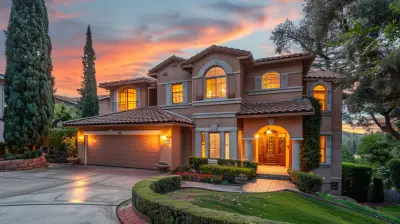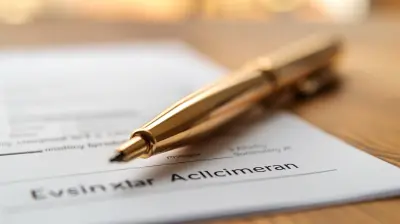Prefabricated Homes: A Sustainable Housing Solution
4 August 2025
When it comes to modern living, sustainability is more than just a buzzword—it's a necessity. As the demand for eco-friendly housing grows, prefabricated homes are stepping into the spotlight. These aren't your average cookie-cutter houses; they're smart, efficient, and built with the future in mind. But what makes them so special? And why should you consider one? Let’s dive in.
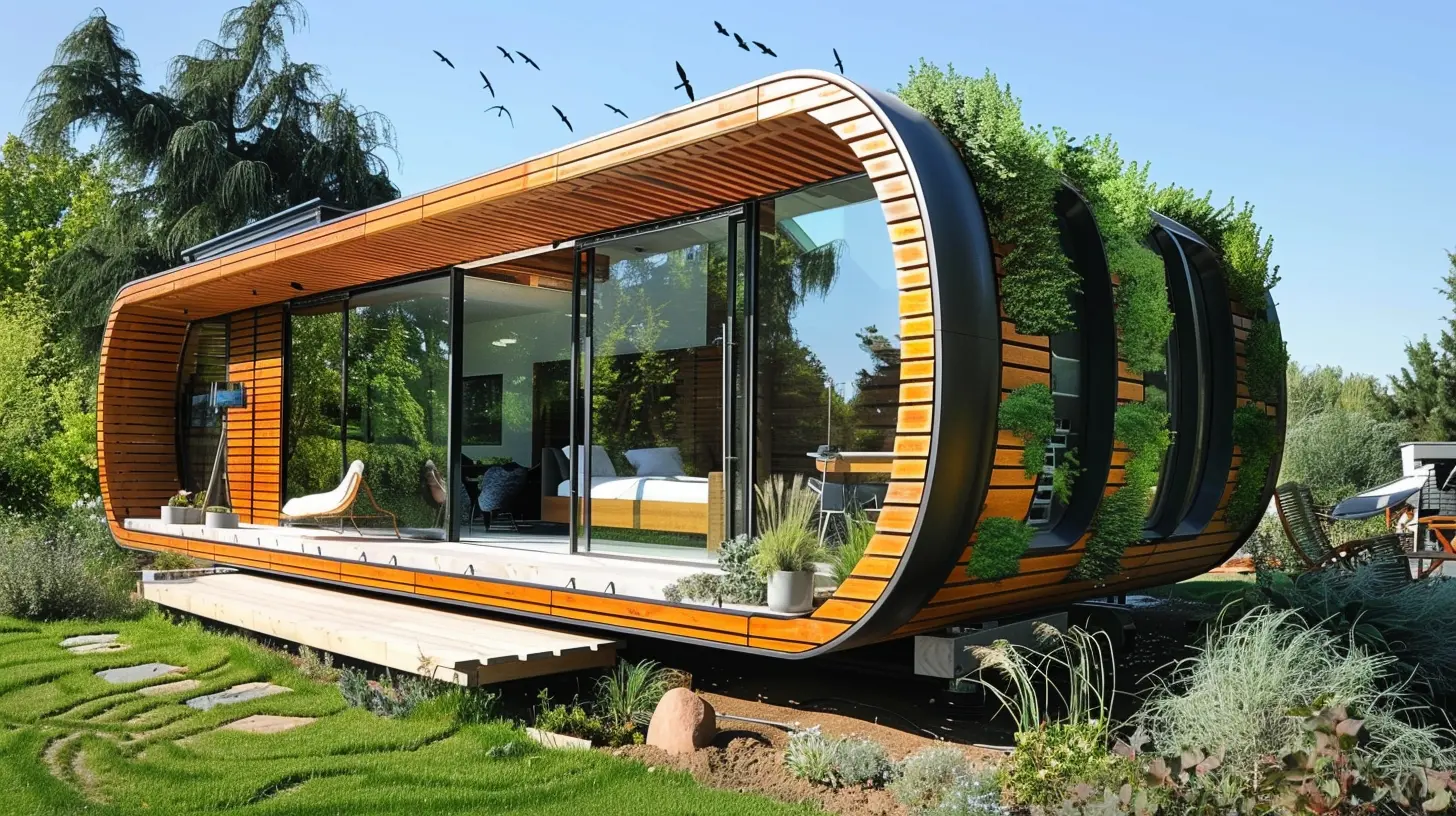
What Are Prefabricated Homes?
Prefabricated homes, often called prefab homes, are built off-site in a controlled factory setting before being transported and assembled on location. Unlike traditional stick-built houses that take months—or even years—to complete, prefab homes are designed for efficiency and speed without sacrificing quality.In simple terms, think of it like ordering furniture from IKEA. Instead of crafting each piece from scratch at home, you receive pre-made parts that are then assembled quickly and efficiently. Prefab homes work on the same principle—just on a much larger scale.
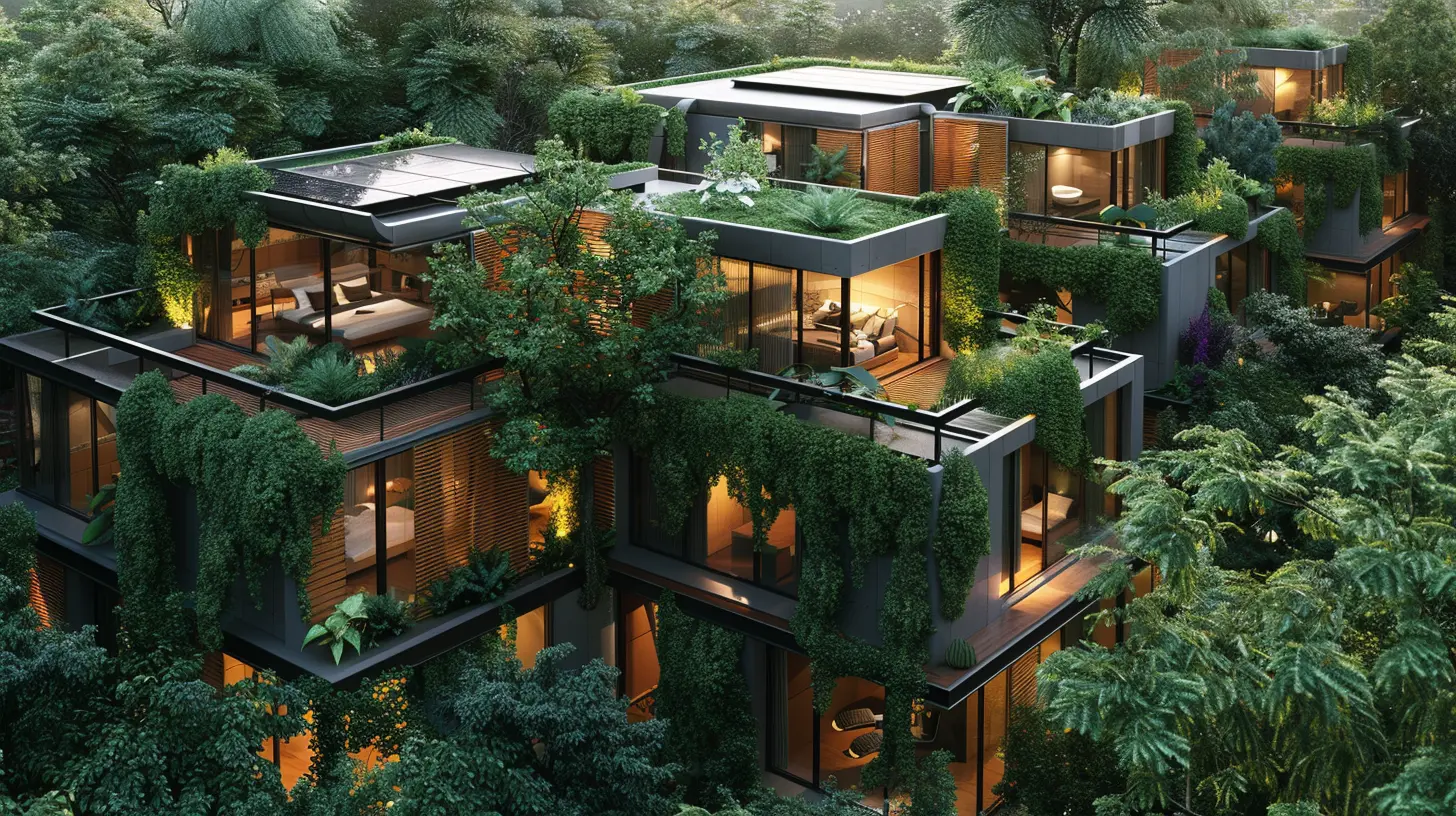
The Rise of Sustainable Living: Why Prefab Homes Matter
With climate change becoming a pressing concern, homeowners are searching for sustainable alternatives. Prefabricated homes offer the perfect blend of affordability, energy efficiency, and environmental consciousness. Here’s why they stand out as a sustainable housing solution:1. Energy Efficiency at Its Core
Prefab homes are designed with energy conservation in mind. Thanks to better insulation, airtight construction, and smart design choices, these homes require less heating and cooling, reducing energy consumption. Many prefab manufacturers integrate energy-efficient windows, solar panels, and smart technology to further minimize a home’s carbon footprint.2. Less Construction Waste
Did you know that traditional home construction generates tons of waste? From excess wood to discarded materials, the environmental cost is staggering. Prefabricated homes, however, are built with precision in a factory-controlled setting, significantly reducing waste. Any leftover materials can be recycled or reused for future projects.3. Sustainable Building Materials
Many prefab home builders are turning to sustainable materials such as reclaimed wood, recycled steel, and non-toxic finishes. By prioritizing eco-friendly materials, these homes not only reduce environmental impact but also create a healthier indoor living space.4. Reduced Carbon Footprint
Since prefab homes require fewer construction vehicles, equipment, and on-site labor, they generate fewer carbon emissions. The shorter construction timeline also means less energy is consumed overall. In contrast, traditional construction sites often leave a long-lasting environmental footprint.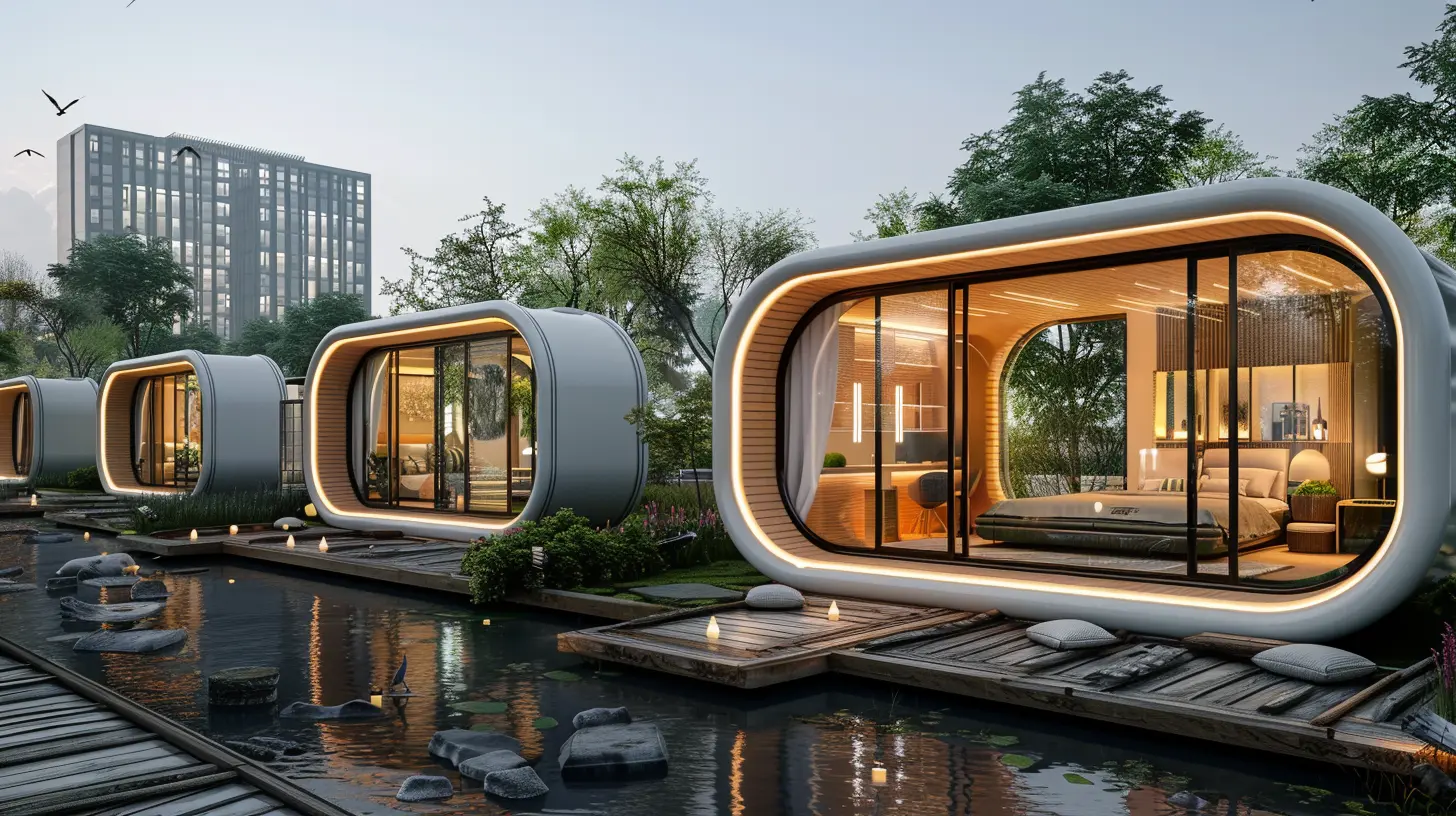
The Benefits of Prefabricated Homes
Aside from their sustainability, prefab homes offer homeowners countless advantages. Here’s why more people are making the switch:1. Faster Construction Time
Why wait 12-18 months for a traditional home when you can move into a prefab home in a fraction of that time? Since prefab homes are built indoors without weather delays, the entire process is much quicker—sometimes in as little as a few weeks.2. Cost-Effective Without Sacrificing Quality
Prefab homes often come at a lower price point than traditionally built homes, making them a great option for budget-conscious buyers. Costs are more predictable since they are factory-made, reducing unexpected labor expenses and material costs.3. Customization Options
Think prefab homes lack personality? Think again! Homeowners can personalize their prefab houses with a variety of layouts, finishes, and features. Whether you want an ultra-modern design or a cozy cabin vibe, there’s a prefab home to match your vision.4. Durability and Strength
Contrary to popular belief, prefab homes are highly durable. Because they need to withstand transportation and assembly, they’re often built with stronger materials compared to traditional homes. Many are engineered to handle extreme weather conditions, from hurricanes to heavy snowfall.5. Minimal Maintenance
Since these homes are built with newer materials and modern construction techniques, they typically require less maintenance over time. Prefab homes are also designed to be more resistant to mold, pests, and other common household issues.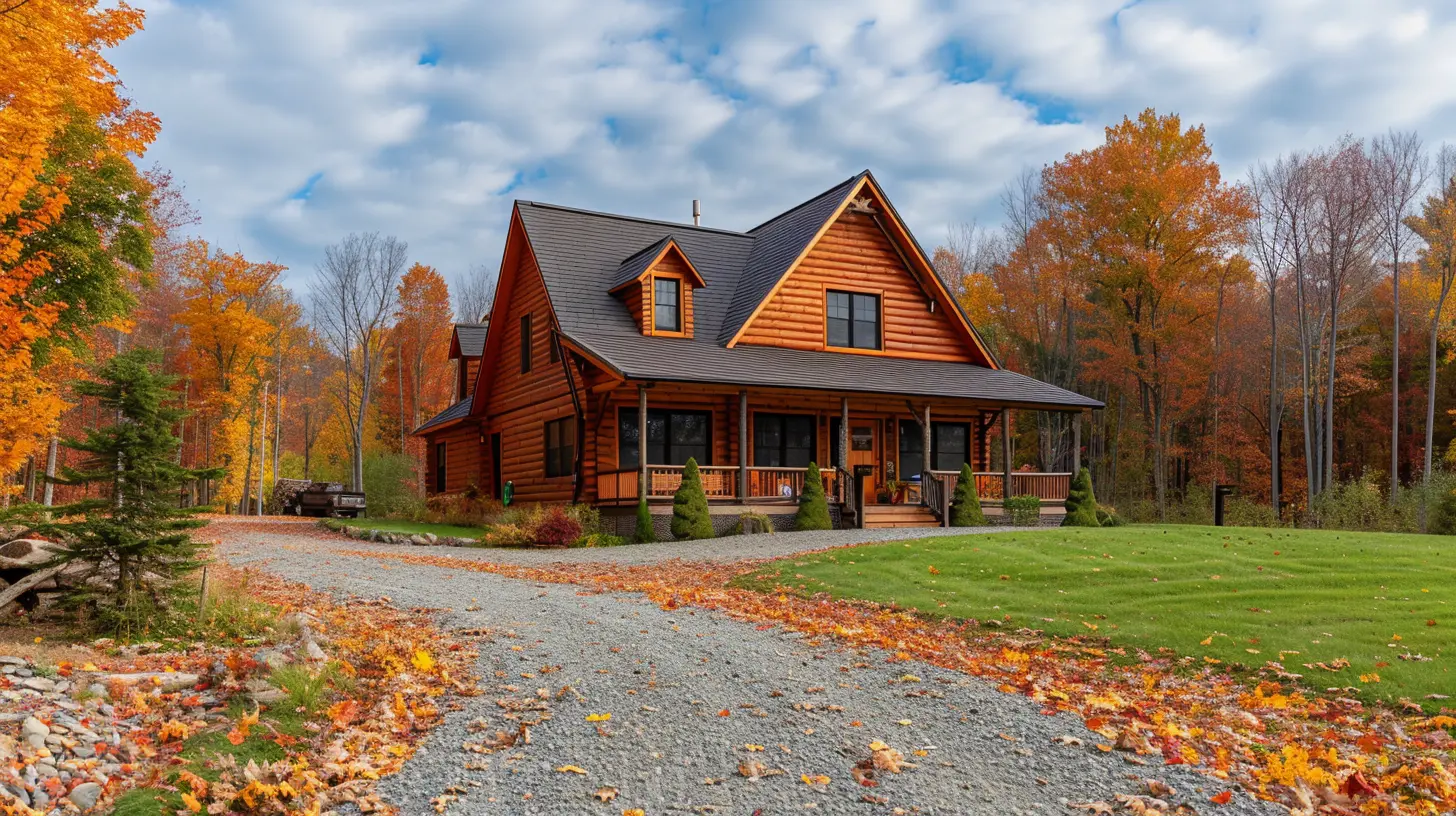
Are Prefab Homes the Future of Housing?
With real estate prices skyrocketing and climate concerns looming, prefab homes could very well be the future of housing. Not only do they make homeownership more accessible, but they also align with the growing demand for sustainable living.Countries like Sweden, Japan, and Germany have already embraced prefab housing on a large scale. In the U.S., the market is steadily growing as more buyers recognize the benefits of prefab construction.
Things to Consider Before Buying a Prefab Home
If you're thinking about taking the plunge into prefab homeownership, here are a few things to keep in mind:1. Zoning Laws and Permits
Before purchasing a prefab home, check local zoning laws and building codes to ensure prefab construction is allowed in your area. Some regions may have stricter regulations than others.2. Land Costs
While prefab homes are often more affordable, don’t forget to factor in the cost of land, foundation work, and utility connections. These additional expenses can impact your overall budget.3. Financing Options
Securing a mortgage for a prefab home may differ from financing a traditional home. Some lenders classify prefab homes as manufactured or modular homes, which could affect loan terms. Do your research and shop around for the best financing options.4. Choosing the Right Builder
Not all prefab home manufacturers are created equal. Work with a reputable builder who has experience in sustainable, high-quality prefab construction. Read reviews, ask about warranties, and request samples of previous work.Final Thoughts
Prefabricated homes are rewriting the rules of homeownership. They offer a winning combination of affordability, speed, and sustainability—all without compromising quality. Whether you're looking to reduce your carbon footprint or simply want a stylish and efficient home, prefab may be the way to go.So, is a prefab home in your future? If you're ready to embrace a smarter, greener way of living, it's definitely worth considering.
all images in this post were generated using AI tools
Category:
Sustainable HousingAuthor:

Cynthia Wilkins
Discussion
rate this article
1 comments
Lorna McRae
Oh sure, because nothing says “sustainability” like assembling a house from giant IKEA-like boxes, right? Genius!
August 11, 2025 at 10:39 AM

Cynthia Wilkins
Thank you for your perspective! Prefabricated homes actually aim to reduce waste and improve efficiency in construction, making them a viable option for sustainable housing.
